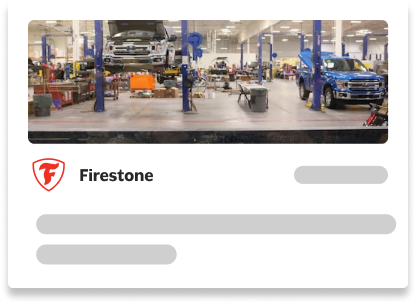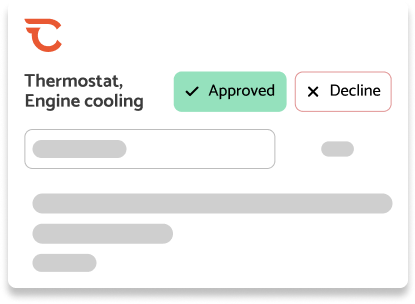










To perform a cooling system pressure test, a technician will remove the radiator cap once the engine has cooled and install a special device, a pressure tester. The pressure tester seals in the mouth of the radiator. The technician will pump up the tester to add 13-16 psi of air pressure. Once the system has been pressurized, the vehicle will be allowed to sit for 20-30 minutes.
If a leak is present, the gauge on the tester should show a change in pressure and coolant should exit from the leak location. These clues will help the technician identify the failed component or other cause of the leak. Note, to prevent serious injury, a cooling system pressure test should only be conducted on a cool engine, or one that has cooled off for at least half an hour.
This is demo Question
This is demo Answer
Related Parts

